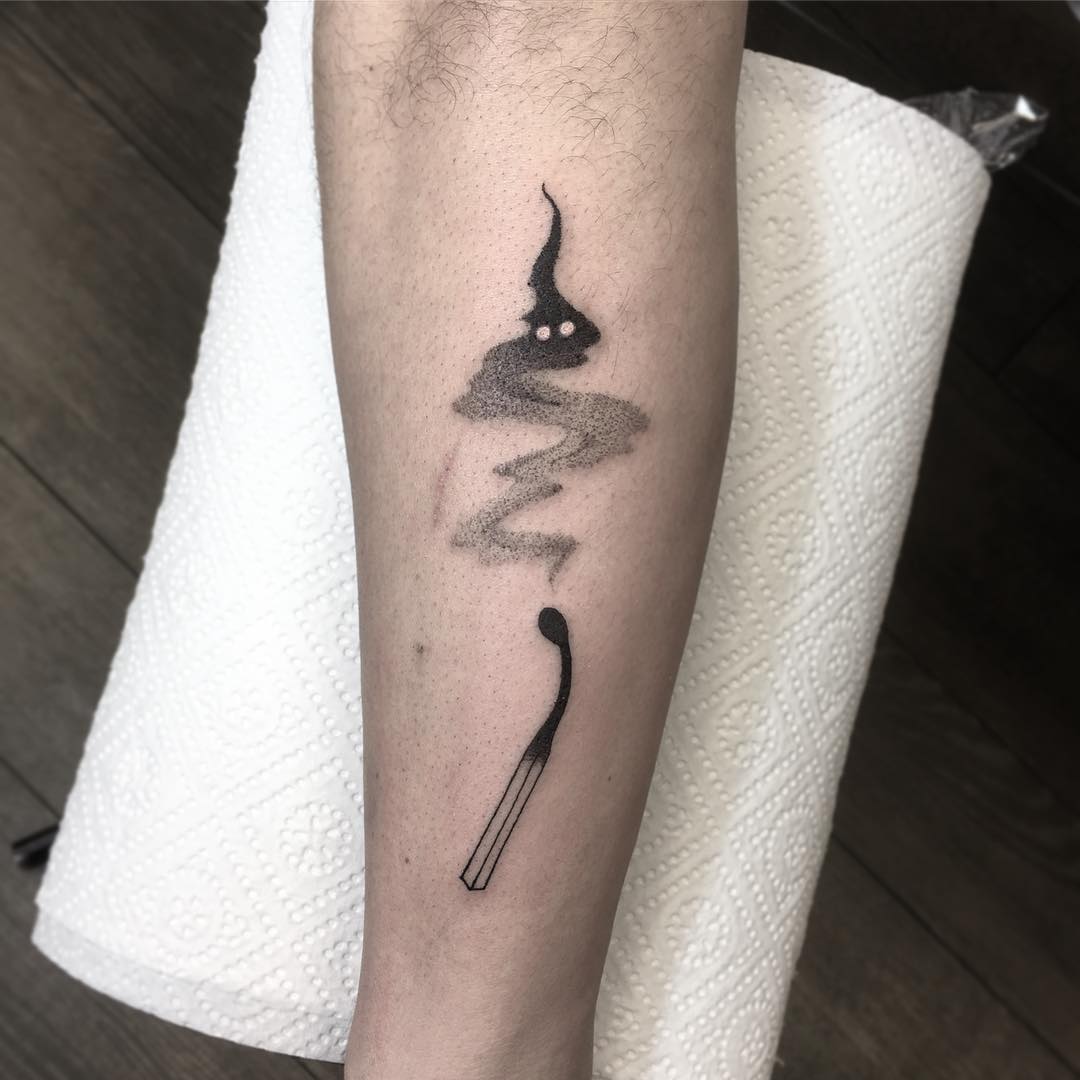
Tattoos have become a popular form of self-expression, but it’s essential to understand the potential risks involved. Itching is common after getting a tattoo, but if it persists or becomes more severe, it could indicate infection or inflammation. Pain and swelling that worsen should also be taken seriously.
Causes of Tattoo Infections
While some itching and pain are standard in the early stages of tattooing, redness and swelling may indicate an infection. If the tattooed area feels hot to touch, there is foul-smelling pus, or painful abscesses under the skin, immediate medical attention is necessary. Bacterial infections usually respond well to antibiotics, but mycobacterial infections may require long-term care and can lead to a dangerous condition called necrotizing fasciitis.
Infections can occur due to improper cleaning of the tattooed area, the use of unclean needles or ink, and inadequate equipment sanitation at a tattoo parlor. Sometimes, an infection may spread into the bloodstream, posing a life-threatening risk. Most conditions can be treated with antibiotics prescribed by a physician.
Symptoms of Tattoo Infections
After getting a tattoo, it is normal to experience pain and swelling, but if these symptoms persist for several days, they may indicate an infection. Other signs include redness, rash formation, bumps, or foul-smelling discharge from the tattoo site. Seeking medical advice is essential whenever these symptoms occur. Untreated infections can spread, leading to sepsis, scarring, and tissue loss. Some antibiotic-resistant bacteria can cause serious abscesses, blood poisoning, and even death.
Treatment for Tattoo Infections
Normal reactions like scabies and itching can be treated with proper care. Still, if the skin becomes red, warm, tender, filled with pus or bumps, or starts oozing pus or fluid, a dermatologist should be consulted immediately. Treatment may involve draining or lancing the affected area and applying antibiotic ointment. Swabbing or emptying pus pockets helps identify the bacteria causing the infection. Staph infections usually respond well to antibiotics, but MRSA strains require more prolonged treatment.
Untreated staph infections can spread and cause flesh-eating bacteria, sepsis, lymph node enlargement near the tattoo site, and blood poisoning. If red streaks extend from the infected tattoo to other parts of the body, emergency assistance should be sought as it could indicate toxic shock syndrome.
Prevention of Tattoo Infections
Although slight redness or rashing during tattoo healing is expected, worsening symptoms should prompt immediate medical attention. A physician can diagnose an infection and prescribe antibiotics if necessary. Tattoos create micro-abrasions in the skin, making users more susceptible to disease. Conditions may range from mild to severe, sometimes requiring hospitalization and long-term antibiotic treatments.
To prevent infection, it is crucial to gently wash Tattoos with mild soap and pat them dry after each washing. Applying an ointment after cleaning is recommended. Avoid picking at scabs to prevent scarring that could alter the appearance of the tattoo. Moisturizing cream can help soothe itchy areas, as recommended by doctors.

